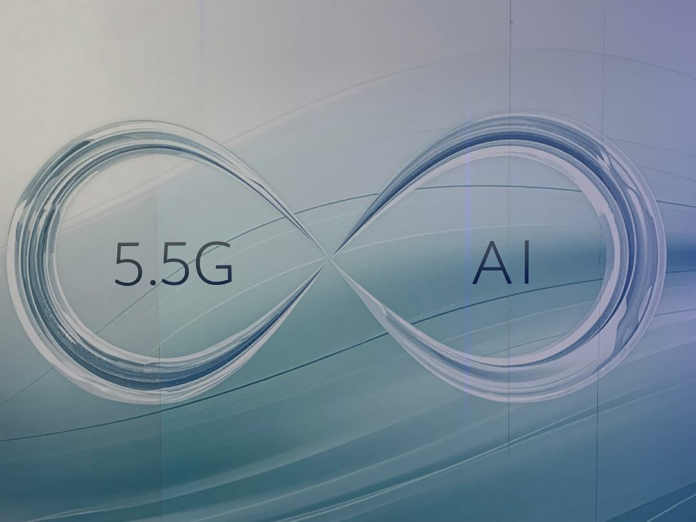Huawei said that 5.5G networks can support the diversified connections and services that are needed to address the new requirements coming from AI agents, smart vehicles and embodied intelligence
ISTANBUL, TURKEY- The deployment of 5.5G, or 5G-Advanced (5G-A) networks by mobile operators will be the key to unleashing the full potential of mobile artificial intelligence (AI), Yang Chaobin, Huawei’s board member and President of ICT Products and Solutions, said during a keynote session at Huawei’s Global Mobile Broadband Forum 2024 (MBBF 2024), which took place this week in Istanbul, Turkey.
“The upcoming mobile AI era will create huge opportunities for the mobile industry and profoundly shape the decade to come. Evolving 5.5G technology will be the key to unleashing the potential of mobile AI. Huawei looks forward to collaborating with all industry partners to evolve 5.5G and solidify the foundation of the mobile AI era,” the executive said.
According to Yang, two trends have emerged thanks to the rapidly evolving 5.5G and AI technologies that will reshape industry. He noted that the first trend is “Mobile going AI”, where mobile internet services are being transformed by new service and business models. The second trend is “AI going Mobile”, where significant business opportunities are being unlocked by new mobile services like smart vehicles and robots. These developments, he claims, are creating new momentum and opportunities for both society and the mobile industry.
According to the Chinese vendor, these trends will influence the ICT industry in three specific ways. First, AI agents for individuals will reshape mobile internet services such that everyone has a personal smart assistant, which means AI agent networks will need to support real-time services. Second, smart driving will transform mobility by turning vehicles into flexible and smart spaces, which means smart vehicle networks will need to deliver high uplink speeds. Third, generalized embodied intelligence will make its way into different scenarios to unlock new productivity and a 10 billion-unit AI-robot market, which means future robotics networks will need comprehensively higher capabilities.
Yang explained that 5.5G networks can support the diversified connections, experiences and services that are needed to address these new requirements coming from AI agents, smart vehicles and embodied intelligence.
The executive also noted that 5.5G technology can address diversified experience requirements by providing high-bandwidth networks. As users increasingly require diversified experiences, sub-100 GHz bands can be integrated on demand to flexibly deliver the network capabilities needed for superior multi-factor experiences. “0 Bit 0 Watt” technology can also be used to enable superior energy efficiency, he said.
Also, the executive highlighted that 5.5G can be used to optimize device TCO as it enables a single network to integrate all-scenario IoT connections. RedCap and passive IoT technologies are lowering the cost of IoT and 5.5G is needed to maximize the number of connections that can be simultaneously supported, he said. Upgraded network capabilities are also needed to empower devices and bring IoT connections everywhere, Yang added.
In another keynote session, Li Peng, Huawei’s SVP and President of ICT Sales and Service, explained how to maximize new growth opportunities in the mobile AI era.
“We will see new forms of interaction with devices, new intelligent services and structural changes in traffic models. This will bring huge new opportunities for the mobile industry,” he said.
The Huawei executive detailed how operators can make the most of these new opportunities and drive new growth by reshaping services, network infrastructure, O&M and business models. He shared how a number of lcarriers around the world have already verified AI service capabilities on live 5.5G networks across a wide range of scenarios for individuals, homes, travel and business.
“We should prepare our networks to support AI. That means boosting network capabilities, especially uplink, latency and capacity. Second, we can use AI to support our networks. With more complex networks, we can use AI to help automate O&M, optimize network efficiency, and guarantee a solid user experience,” the executive said.

